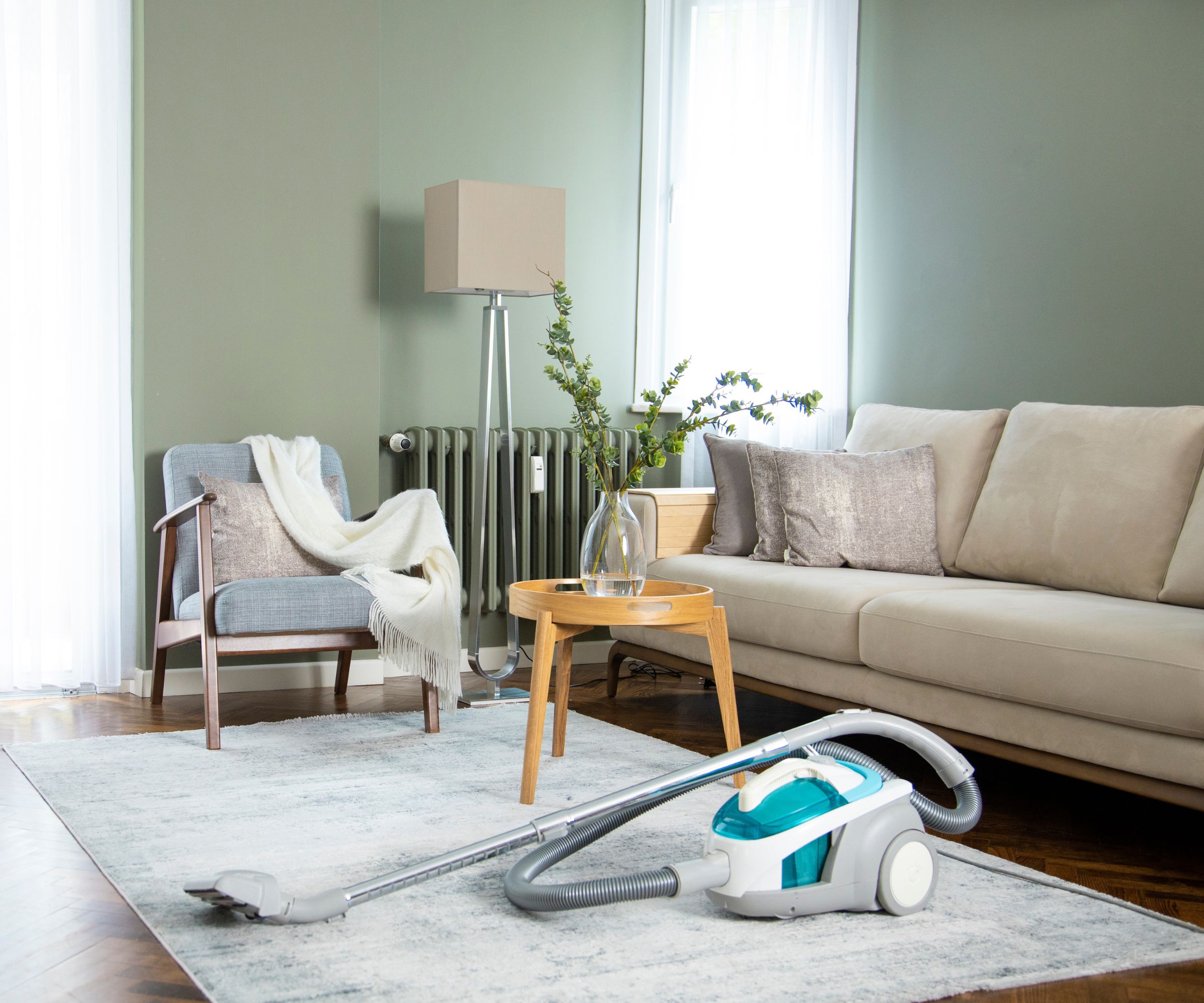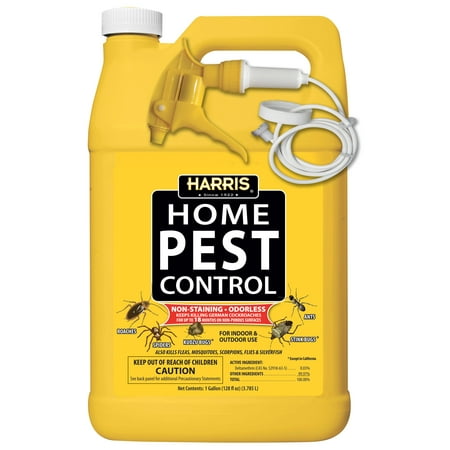
Having a vacuum cleaner on hand when dealing with a pest problem can be a huge savior. Rather than having to manually clear away countless insects, our vacuums can do the work for us, all whilst sucking them into a handy sealed container.
But even the best vacuum cleaners might not be completely airtight. After vacuuming pests, there are some absolutely essential steps you must then take to avoid them from re-entering your home, or wreaking havoc elsewhere, exterminators say
With the many common pests to watch out for this fall, here's everything you need to know about vacuuming pests, and every step you must take afterwards.
What to do after vacuuming pests
1. Empty the vacuum outside

'Empty that vacuum outside immediately,' advises Garrett Thrasher, co-owner and general manager at Thrasher Pest Control. Unless you want pest eggs to hatch indoors again, this is always the first precaution to take.
Our pros strongly advises keeping the contents sealed to avoid further infestation.
'Always empty it outside in a sealed bag before putting it in a trash can outdoors,' recommends Rocky Beninato, founder of Quality Affordable Pest Control. This will prevent vacuumed-up pests from re-entering your home.
James Agardy, associate certified entomologist and technical and training manager at Viking Pest Control, explains why this step is so important. 'While the force of getting tumbled around inside the vacuum will kill most insects, you never want to dispose of the debris in an interior trash receptacle because any insects that were not killed could escape the garbage can and potentially infest a new area.'
2. Clean the vacuum's dustbin
If your vacuum uses bags (rather than a dustbin you empty yourself), simply dispose of the dust bag immediately after vacuuming. Vacuum bags typically utilize tight seals so you can throw them in the outdoor trash bin without having to seal them yourself.
But if yours has a dustbin, you'll need to thoroughly clean it after emptying. 'If your vacuum has a reusable canister instead of bags, use hot water and soap to clean it thoroughly before bringing it back inside,' Rocky recommends. Once cleaned, make sure to let it air dry completely before reattaching it to your vacuum.
Don't forget about the rest of the vacuum, either. Pests and their eggs will have travelled through your vacuum to get to the dustbin or bag, so make sure to thoroughly clean your vacuum cleaner by taking it apart and tackling every component.
3. Clean the affected area in your home

'Clean and sanitize the area just vacuumed to ensure any remaining debris or eggs are cleaned up,' advises Tyler Hawkins, regional field manager at Fox Pest Control.
Pests, their eggs and their droppings can often be microscopic and invisible to the naked eye, so doing this will ensure the area is truly pest-free. A pest infestation doesn't necessarily mean your home isn't clean, but cleaning all surfaces as thoroughly as you can will certainly help a resurgence.
To avoid them coming back in the future, it's also a smart idea to stock up on some active pest control solution, such as the Harris Home Pest Control from Walmart to protect your home from all sorts of pests and insects. This is particularly important for cockroach infestations, as there are even things that attract roaches to clean houses.

After properly removing the pests by vacuuming and deep cleaning your home, this 1 gallon liquid pest control cleaning solution will help to prevent the pests from coming back to your home. It comes with a spray nozzle to use easily on all non-porous surfaces.
4. Eliminate food sources
To keep those pests from coming back, you need to stop feeding them. Aside from hiding cheese from any mice (this, it turns out, is actually one of many pest control myths) – leaving food out and accessible to pests will keep them coming back.
There are eight steps to pest-proofing your pantry, but the main objective is to keep food in airtight (or vacuum-sealed) containers, and make sure the surrounding area is clean, dry, and contains natural pest repellents.
5. Seal any entrances
Finally, sealing any cracks around the house will prevent pests from re-entering your home. 'Look for cracks or crevices where the pest may have entered the home and seal those areas with caulking or something similar,' says Tyler.
Whether it's openings in the walls or doors that aren't properly sealed, pests can find their way in through the smallest of gaps. You can find caulk and sealants of all types at Home Depot, so that pests don't have an easy path into your home anymore.
Next, find out the five telltale signs that you have mice, and for the garden, consider these natural pest control methods.







